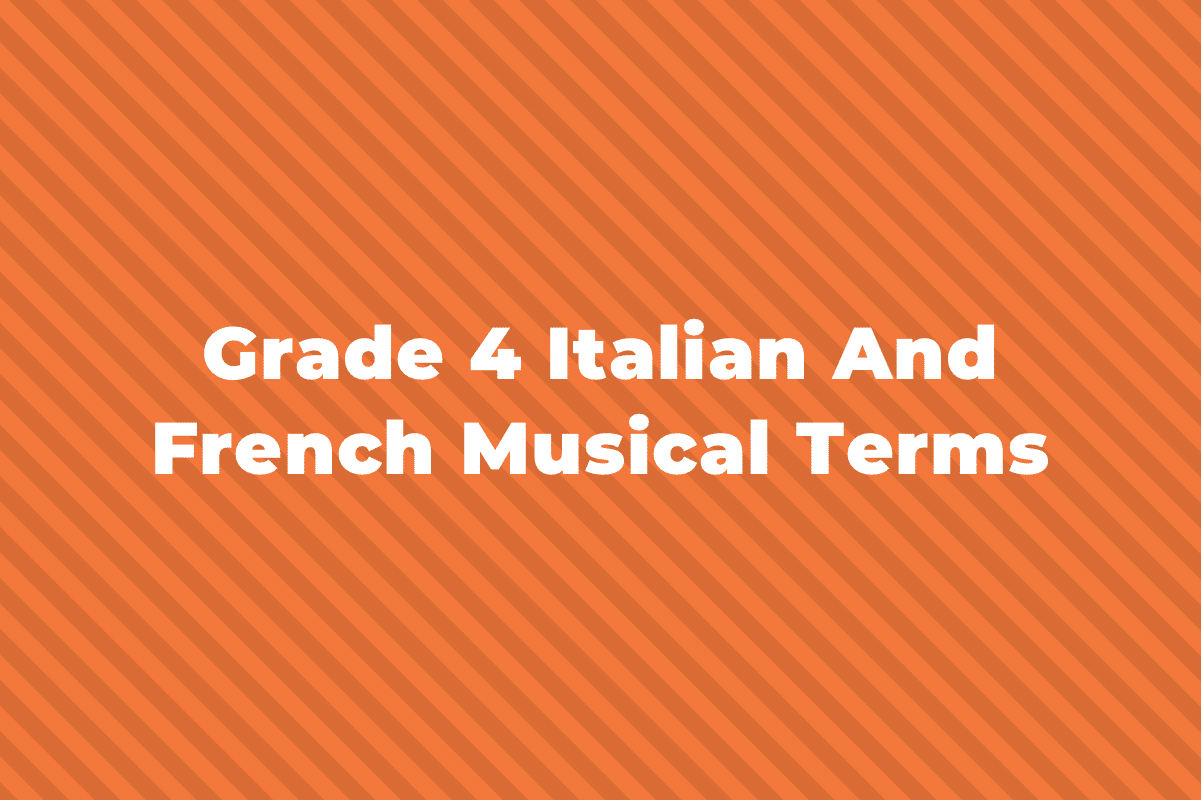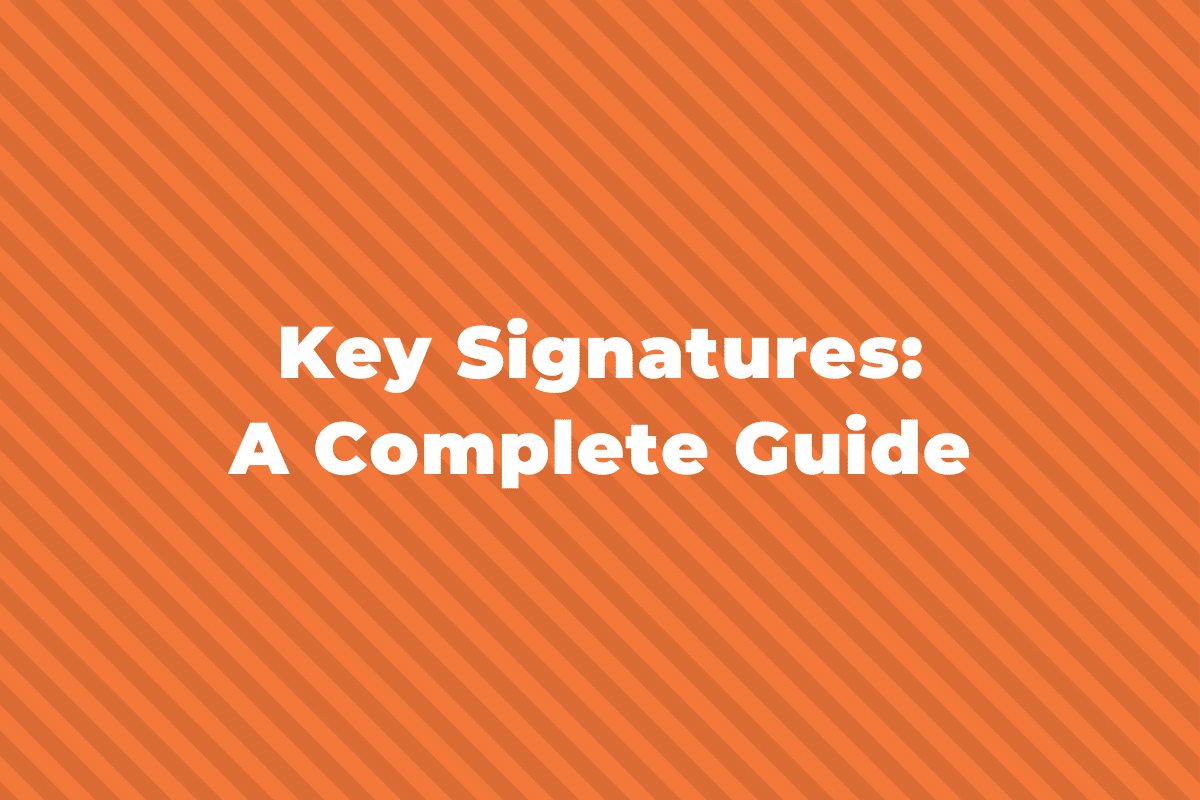The Aeolian mode – which is also known as the natural minor scale – is the 6th mode of the major scale. With a flattened third and seventh, it has a dark and melancholic sound that’s been very popular with songwriters over the centuries, all the way back to ancient Greece!
The Aeolian mode is a very versatile scale that creeps up in lots of different genres. You’ll find it everywhere, from rock and pop music to gregorian chant and classical.
And in this post, we’ll be looking at some examples of songs that use the Aeolian mode to help you better understand this mode. Let’s dive in.
1. “Brothers in Arms” By Dire Straits
“Brothers in Arms” by Dire Straits & Mark Knopfler is an example of how the Aeolian mode can evoke an introspective atmosphere.
Written as a protest against war during the 1982 Falklands War, the song’s lyrics encourage listeners to reflect on the realities and consequences of conflict.
The use of the Aeolian mode, with its harmonies ebbing and flowing from the tonic minor chord, creates a sense of repose, fitting the song’s message of the somber and emotional consequences of war and brotherhood.
2. “All Along the Watchtower” By Bob Dylan
Next up, we have “All Along the Watchtower,” by Bob Dylan, who uses the Aeolian mode to create a haunting and introspective mood through the use of a simple chord progression.
The song follows the progression i-VII-VI-VII, using C minor, B flat major, A flat major, and B flat major chords. The use of these chords, especially the submediant major chord (VI) and the subtonic major chord (VII), adds tension and interest to the otherwise straightforward progression.
The repetitive structure of the song, with Dylan’s characteristic mouth organ interludes, allows the listener to fully immerse in the melancholic atmosphere created by the Aeolian mode. The serious, sober feel of the minor key further underscores the weight of the lyrics and the overall mood of the song.
Overall, Bob Dylan’s “All Along the Watchtower” is a masterful example of how a simple chord progression in the Aeolian mode can evoke a powerful emotional response in the listener.
3. “I See Fire” By Ed Sheeran
“I See Fire” by Ed Sheeran is a melancholic and atmospheric ballad that features the Aeolian mode in its melody and harmonies. The song is a standout piece from the soundtrack of the 2013 film “The Hobbit: The Desolation of Smaug.”
With its use of the E Aeolian mode, the verses in “I See Fire” utilizes the i, VI, and VII chords, with a v°7 chord adding an unexpected twist to the end of each verse.
The Am7 chord in the chorus serves as a “deceptive” chord, deviating from the typical progression and adding interest to the overall harmony. This choice, combined with the repetitive chorus that ends on the tonic minor (i) chord, helps to reinforce the emotional and introspective tone of the song.
Ed Sheeran’s acoustic guitar takes center stage in “I See Fire,” contributing to the folk-like feel of the piece, which was desired by the film’s director. The song is also an enjoyable piece for intermediate guitarists, as it features memorable riffs and strumming patterns that can be easily played with the use of a capo.
4. “My Favorite Things” From The Sound of Music
Next, we have “My Favorite Things,” a song from the popular musical “The Sound of Music.” It was written by Richard Rodgers and Oscar Hammerstein II and was first performed by Mary Martin on Broadway in 1959. Since then, it has become a beloved classic and has been covered by many artists.
This song is characterized by its upbeat melody, cheerful lyrics, and memorable chorus, is in the key of A minor, and, for the most part, its melody is rooted in the A aeolian mode. While the verses end with a sharpened seventh note and does modulate to the relative major.
5. “Rylynn” By Andy Mckee
“Rylynn” by Andy Mckee is a beautifully crafted fingerstyle guitar solo piece that showcases the acoustic guitar’s versatility and Mckee’s virtuosity.
Set in the key of A minor, the song features an altered tuning of E-C-D-G-A-D and uses a Shubb banjo capo on strings 4 to 6. The intricate fingerpicking and technicalities, coupled with the creative use of alternate tunings and the capo, make “Rylynn” a true delight for guitar enthusiasts and fans of fingerstyle guitar music.
Toward the end of the song, Andy Mckee plays a coda that leaves the listeners wondering if he changes the key. Does he modulate from A minor to its relative major, C major? “Rylynn” is a must-listen for anyone looking to delve into the world of fingerstyle guitar and explore the possibilities of this genre.
6. “Kyrie from Mass XI” – Gregorian Chant
“Kyrie from Mass XI” is a Gregorian chant that is believed to be in the D Aeolian mode. The piece is a classic example of modal music and is a great way to explore the sound and feel of the Aeolian mode.
In this particular piece, it is believed that the piece is in D aeolian mode, which is similar to the Dorian mode but with a flattened sixth scale degree. This is indicated in the score every time the sixth scale degree appears with a flat sign.
The piece showcases the beautiful harmonies and modal melodies that were typical of music in this style and period.
7. “Take Five” By Dave Brubeck Quarter
“Take Five” by Dave Brubeck Quarter is a popular jazz piece that features a catchy, modal melody. One of the most famous songs written in quintuple time, it’s also a good example of a piece that uses the aeolian mode, as well as its incorporation of the hexatonic blues scale.
The hexatonic blues scale is the minor pentatonic scale with an added ♭5 or ♯4. You can think of this as the aeolian mode without the second and sixth degrees, but with a color note, the added ♭5/ ♯4.
The structure of the piece is in compound ternary form, with a sax solo and a drum solo in the middle section. Additionally, some parts of the song make use of the major scale, which shares the same notes as the aeolian mode, but with a different tonic.
8. “Beat It” By Michael Jackson
It’s commonly said that songs in a major key are “happy,” whereas songs in a minor key are “sad.” The reality is that this is an oversimplification.
Take ‘Beat It’ by Michael Jackson as an example. The chords, riffs, rhythm, and melody all lend themselves to the upbeat feel of the piece. No one would classify this as “sad.”
Yet the entire song uses just three chords: Em (i), D (VII), and C (VI) – Aeolian mode harmony. One can say that it draws its dominant and subdominant harmonies from the relative major, which, perhaps, helps keep the piece “light.”
9. “Something Just Like This” By The Chainsmokers & Coldplay
“Something Just Like This” by The Chainsmokers & Coldplay is a popular song that showcases the haunting and introspective mood of the Aeolian mode. Set in the key of B minor, the song utilizes a limited chord progression of just three to four chords centered around the G major chord.
The chord progressions used in the song, including VI-VII-i-VII, VI-VII-i-III, VI-III-VII, and III-VII-i, contribute to the melancholic atmosphere created by the Aeolian mode. The repetition of the “i” chord and the passing nature of the “III” chord further underscore the tonality of the song, solidifying its key as B minor rather than D major.
With its simple and repetitive structure, “Something Just Like This” allows the listener to fully immerse in the emotion conveyed by the Aeolian mode. The song is a testament to the power of simple chord progressions in evoking a strong emotional response from the listener.
10. “Part Of Me” By Katy Perry
To finish, here we have Katy Perry’s chart-topping hit “Part Of Me” which showcases the utilization of the Natural Minor scale.
The song features three-chord progressions in the key of A minor: (Am-C-F), (Am-C-F-G) and (Am-C-G). While the tonic is a minor chord (am), all of the other chords in the song are major, which gives it a unique sound that is quite deceptive. You wouldn’t be the first person to think it’s actually in C major!
Summing Up Our List Of Aeolian Mode Songs
All of the songs included in this article are great examples of how the aeolian mode can be used to create very varied musical works. From iconic artists such as Dave Brubeck to modern acts such as Katy Perry and Ed Sheran, it’s clear that creating memorable music with the aeolian mode is still very much in vogue today.
Whether you’re writing your own music or simply looking for inspiration, exploring different tonalities and modes can help you develop a more sophisticated appreciation for music and its effects.



